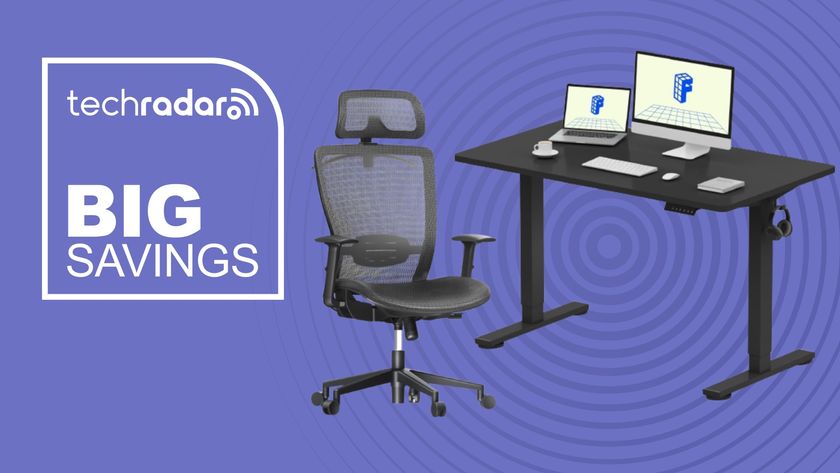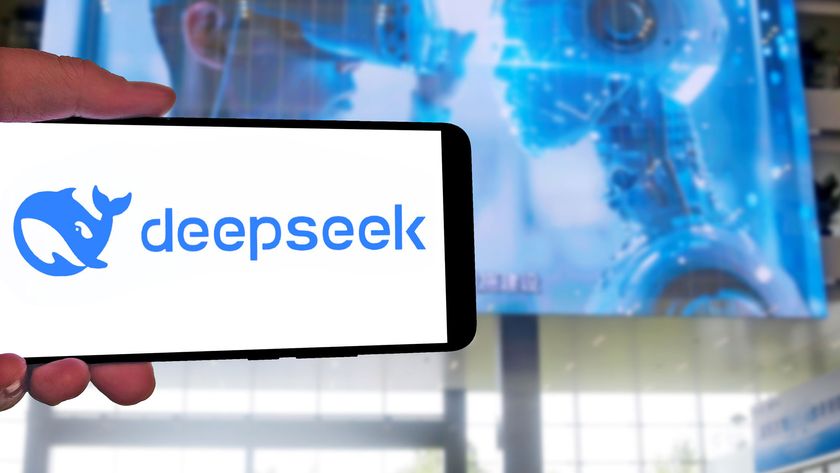Strategies businesses can use to out-innovate the competition
Innovation requires thinking outside the box to spot new opportunities

When was the last time you saw something and wondered, “Why didn’t I think of that?” Many small business owners mistakenly believe that only big companies, armed with scientists and large research and development budgets, are capable of true innovation. But you might not realize that smaller firms actually have the upper hand on innovation.
Globalization, digitization and changing regulations have raised uncertainties that cause many large businesses to stick with what they know rather than explore possibilities. Built-in corporate constraints can lead to months or years of evaluating new ideas, and strict adherence to a more traditional corporate culture stilts thinking.
Smaller businesses, on the other hand, have more flexibility to make decisions quickly, reallocate resources to new ideas and come to market first. An entrepreneurial approach that is more adaptive presents an opportunity for fresh thinking. Innovation results less from careful planning and predictive analysis and more on fluidity to surpass market demands.
- Here's our list of the best collaboration tools right now
- Check out our list of the best project management software around
- We've built a list of the best productivity software available
Jay Ripton is a freelance technology, business and lifestyle writer out of Scottsdale.
This kind of shift can ultimately transform your company’s entire trajectory by deploying a product or service that consumers can’t live without. Here are five ways to promote innovation in your organization:
Identify what needs to change
With globalization bringing competition from emerging markets, it’s time to strategically evaluate where your organization can truly add value and then leave the rest behind. Focus on a few distinct competencies that offer profitability and give people what they want.
Closely examine how your products or services are performing against the market so you can understand what value your customers ultimately are deriving from acquiring them. What factors could be eliminated or reduced, and what factors could go beyond the standard to give consumers something not yet offered? This exercise can yield a more compelling vision with a clear, overarching goal that can help inspire engagement and achievement of your ultimate objectives.
Get more entrepreneurial
Many businesses operate on the simple principle that it must understand the competition and then make products that will dominate the defined market. This typically works well for large corporations with an established foothold and products or services in high demand. Eventually, though, products get copied and commoditized, driving profits lower and leaving less time and money for innovation. These corporations might have more money to invest, but they often are afraid to take chances with their reputation.
Are you a pro? Subscribe to our newsletter
Sign up to the TechRadar Pro newsletter to get all the top news, opinion, features and guidance your business needs to succeed!
Entrepreneurs, on the other hand, often eschew rigid business models and operate on the premise that actions and beliefs can create new demand to drive higher profits. They don’t necessarily believe in market boundaries and structure, giving them more freedom to identify and develop untapped markets.
Think like an entrepreneur.
Utilize tools that spur innovation
Outdated tools and processes hinder innovation by reducing efficiency, hiding new opportunities and reducing the space for creativity. A host of new cloud-based software solutions provide collaborative tools for gathering, sharing, developing and refining new ideas.
Consider these examples of intuitive, easy-to-use tools:
- MindMeister is a cloud-based mind-mapping tool for brainstorming, note-taking, project planning and other creative tasks. Mind maps with MindMeister can be turned into dynamic presentations, and collaborators can comment, vote on ideas and discuss changes in an integrated chat function.
- BrightIdea is a cloud-based platform that breaks down silos across divisions by facilitating activities such as crowdsourcing and hackathons to accelerate good ideas within an organization. It ties together the whole innovation process from conception, experimentation and development in a single, scalable platform that enables tracking outcomes to measure ROI across the enterprise.
- Kantree is a project-management platform that allows for the organization and dissemination of your innovation. Built around Kanban cards like many PM solutions, Kantree goes the extra mile of allowing these cards to be completely customized for more creative processes. Cards can also be created by email, and real-time conversations can take place directly on the cards so ideas and discussions about a task ride along with the task and never get lost.
- Quip allows collaborators to create and edit various documents in the cloud and then comment and have real-time chats on individual files, reducing emails and automating recordkeeping. Unlike similar offerings, though, Quip deeply integrates with the CRM solution of choice for many businesses, Salesforce. This allows a deeper, more collaborative environment than most other solutions.
Adapt to customer preferences
Consumers are demanding and don’t put up with poor service. If they feel they are just a number to you, they will abandon your brand. It’s important that your customers feel valued and heard.
Innovation requires staying abreast of your consumer wants and needs, even when dealing with challenging volumes of customer service requests. The interconnected, digitized world provides the opportunity to stay connected, manage operations and still market your brand to millions globally in rapid time. You can leverage websites, emails, social media and apps by engaging consumers in your innovation, allowing them to virtually test concepts, get their input on designs or even solicit recommendations for price points and product positioning.
Encourage and reward unique thinkers
Your workforce is your greatest asset. Leadership, from the CEO down to line managers, must openly support innovation activities, truly demonstrate attentive listening and provide positive, constructive feedback. This creates an environment of trust and encourages more buy-in and motivation from employees at all levels.
Employees also must feel that their contributions are valued. Innovators who are not rewarded adequately eventually will either return to simply doing what’s in their job description or, worse, leave the organization. When evaluating new candidates for open positions, resist the urge to base decisions on more formal criteria (education and experience) and ask probing questions to find whether they achieved something new and exciting for their previous employers. Look for skills that might lead to more revolutionary thinking within your existing workforce.
On a more micro level, think about how you are constructing your teams. Identify influencers in your organization who view change and competition as an opportunity rather than as a threat and can use their positive attitude to promote more creative thinking. More focus on the psychological aspect of performance can help advance strategic shifts, often at a lower cost.
Innovation requires thinking outside the box to spot new opportunities. This is not only accessible to small businesses, it is one of their advantages. Some of the most creative products available today came from smaller firms, but only those that embrace a fresh approach will get it done.
- Check out our list of the best office software on the market
























